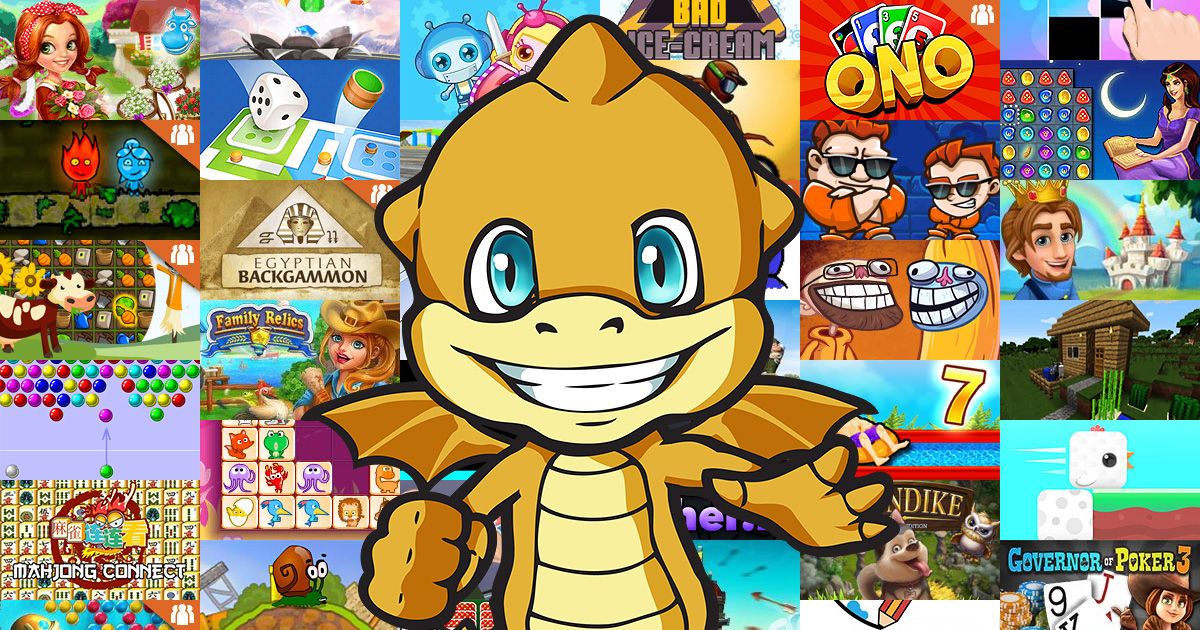Games snake game captures the essence of a timeless classic that has slithered its way into the hearts of players across generations. From its humble beginnings on early mobile devices to the expansive variety available on modern platforms, the snake game has undergone a fascinating transformation. This iconic game not only showcases simple yet addictive gameplay but also reflects the advancements in technology that have fueled its popularity, inviting both nostalgic gamers and new players to engage in its enduring charm.
The evolution of the snake game is intertwined with the rise of mobile technology, making it a staple for casual gaming. With numerous versions and adaptations, each iteration offers unique gameplay mechanics and challenges. Whether navigating through mazes or competing against others in multiplayer modes, the snake game continues to evolve, captivating players with its straightforward objectives and competitive scoring systems.
History of Snake Game: Games Snake Game

The Snake game has a rich history that traces back to the early days of video gaming, captivating players with its simplicity and addictive nature. Originally conceived in the late 1970s, the game has evolved significantly over the decades, reflecting advancements in technology and changing gaming preferences. The transformation of Snake from a simplistic text-based game to a mobile phenomenon is a testament to its enduring popularity and the innovative spirit of game developers.
The origins of the Snake game can be traced to the arcade era, where it first appeared on platforms like the Atari 2600. It was featured in various forms, often with rudimentary graphics and basic gameplay mechanics. However, the game’s fundamental concept remained the same: players control a snake that grows longer as it consumes food, with the objective of avoiding collisions with walls or itself. As technology advanced, Snake transitioned to personal computers and mobile devices, gaining a wider audience.
Impact of Mobile Technology on Popularity
Mobile technology played a crucial role in popularizing Snake games among diverse demographics. The introduction of mobile phones equipped with basic gaming capabilities made it accessible to a broader audience, transforming it into a staple of mobile gaming. The game’s simplicity allowed it to be easily adapted to the limited hardware of early cell phones.
The emergence of Nokia in the 1990s marked a significant milestone in the history of Snake. The iconic Nokia 3310 featured a built-in version of the game, which quickly became synonymous with the device. Millions of users engaged in high-score competitions, leading to a cultural phenomenon that solidified the game’s status as a classic. The accessibility of Snake on mobile devices has been pivotal in its resurgence, with countless iterations being developed for smartphones and tablets.
Different Versions Across Various Platforms, Games snake game
The evolution of Snake has seen it manifested in various versions across multiple platforms, each bringing unique elements to the gameplay experience. Below are some notable versions that highlight this evolution:
- Classic Snake: The original text-based versions were simple and often featured a monochrome screen. The objective remained unchanged, rooted in basic maneuvering and growth.
- Nokia Snake: The version that became a household name, characterized by its easy controls and engaging gameplay. It featured a simple grid-based layout and was pivotal in popularizing mobile gaming.
- Snake II: This sequel introduced the ability for the snake to move through walls and reappear on the opposite side, adding a strategic layer to gameplay.
- Modern Remakes: Numerous developers have created modern adaptations, incorporating advanced graphics, additional gameplay features, and even multiplayer formats, making the game relevant in today’s gaming landscape.
Throughout its history, the Snake game has demonstrated remarkable adaptability, continually engaging players through its nostalgic charm and the simplicity of its mechanics. With the rise of mobile gaming, Snake has not only survived but thrived, evolving into various forms that cater to contemporary gaming audiences.
Gameplay Mechanics
The Snake Game, a timeless classic, captivates players with its simple yet addictive gameplay. Its mechanics are easily grasped, making it accessible to players of all ages. Understanding the rules and objectives of the game, along with the various modes and scoring systems, enhances the gaming experience and offers insight into its enduring popularity.
The core objective of the Snake Game is to control a snake that grows in length as it consumes food items, typically represented as small dots or squares on the screen. Players must navigate the snake through a confined space, avoiding collisions with the walls and the snake itself. The game ends when the snake runs into an obstacle, prompting players to restart and attempt to beat their previous score.
Basic Rules and Objectives
The fundamental rules that govern the game are straightforward and crucial for successful gameplay.
- The snake moves continuously in a specified direction and can be steered using arrow keys or swipe gestures.
- Eating food increases the snake’s length and score.
- Players must avoid crashing into walls or the snake’s own body.
- The game ends when a collision occurs, requiring the player to restart.
Gameplay Modes
Various modes in the Snake Game provide unique experiences, catering to different player preferences and skill levels. Each mode introduces distinct challenges and rules.
- Classic Mode: The traditional gameplay where the snake grows longer with each food item consumed, and the objective is to achieve the highest score.
- Timed Mode: Players must eat as many food items as possible within a set time limit, adding an element of urgency to the game.
- Endless Mode: There are no walls or boundaries; the snake can continue to grow indefinitely until a collision occurs, promoting exploration and long-term play.
- Multiplayer Mode: Compete against friends or other players in real-time, where each player controls their own snake vying for the highest score.
Scoring System Breakdown
The scoring system varies in different versions of the Snake Game, influencing player strategy and competitive play. Each version may adopt its own criteria for scoring based on the items consumed.
| Version | Score per Item | Additional Bonuses |
|---|---|---|
| Classic | 10 points per food item | None |
| Timed | 5 points per food item | Bonus points for speed (e.g., 50 points if all items consumed within 30 seconds) |
| Endless | 10 points per food item | Bonus for every 10 items consumed (e.g., additional 20 points) |
| Multiplayer | Variable, depending on player actions | Additional points for defeating opponents (e.g., 100 points for causing another player to crash) |
“The scoring system not only incentivizes players to consume more items but also encourages them to adopt different strategies based on gameplay mode.”
Design and Development

The design and development of a snake game encompass several core elements that contribute to its functionality and player engagement. The simplicity of the gameplay allows developers to focus on critical aspects such as game mechanics, user interface, and overall user experience. The goal is to create an intuitive environment that captivates players while providing a visually appealing and enjoyable gaming experience.
Core Elements of Snake Game Design
Designing a snake game involves understanding the fundamental mechanics that dictate how the game operates. Key components include the game grid, snake movement, food placement, and collision detection. The grid serves as the game arena where the snake navigates; its dimensions can vary but typically consist of a square layout. The snake’s movement must be smooth, responding rapidly to user input to enhance gameplay. Food items are placed strategically on the grid, encouraging the snake to grow as it consumes them. Finally, effective collision detection is essential to determine when the snake hits the wall or itself, leading to game over conditions.
Programming Languages and Tools for Game Development
The development of a snake game can utilize various programming languages and tools, depending on the targeted platform. Commonly used languages include:
- JavaScript: Widely used for web-based games, enabling interactivity and real-time updates.
- Python: Utilized for its simplicity and ease of learning, particularly with libraries like Pygame.
- C++: Favored for performance-intensive games, offering control over system resources.
- Java: Often used for Android game development, providing robust tools for mobile platforms.
Development tools and frameworks that assist in game creation include game engines like Unity and Godot, which provide built-in functionalities that expedite the development process. These environments allow developers to focus more on creativity rather than low-level programming details.
Visual and Audio Design Aspects
Visual and audio elements significantly enhance the player experience in a snake game. Key aspects of design include:
- Graphics: Simple yet appealing graphics help create a nostalgic feel while keeping the game engaging. Pixel art is often favored for its retro charm.
- Color Schemes: Vibrant colors can attract players’ attention and provide visual cues, such as different colors for food items and obstacles.
- User Interface (UI): A clean and intuitive UI ensures players can easily navigate menus, understand controls, and track their scores.
- Sound Effects: Audio feedback, such as sounds for eating food or colliding with walls, adds a satisfying layer to gameplay.
- Background Music: Engaging background music can immerse players in the game, enhancing the overall experience.
Incorporating these visual and audio elements creates a more immersive and enjoyable gaming environment, making the snake game not just a challenge but an experience that resonates with players.
Summary

In conclusion, the games snake game represents more than just a simple digital pastime; it is a symbol of gaming history and innovation. As we have explored its origins, gameplay mechanics, and design elements, it becomes clear that this game has not only adapted to technological advancements but has also maintained its core appeal. Whether you are a veteran player or just discovering this classic, the snake game promises to deliver endless entertainment and a nostalgic journey through the evolution of gaming.


